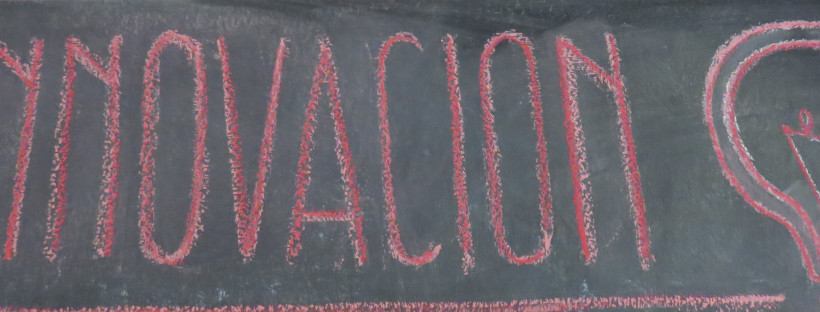“I shall not today attempt further to define the kinds of material I understand to be embraced within that shorthand description; and perhaps I could never succeed in intelligibly doing so. But I know it when I see it.” – Justice Potter Stewart, concurring opinion in Jacobellis vs Ohio.
For the sake of decency we will not reveal here what ‘it’ was that the Justice ‘knew when he saw’ – but this is quite a useful way to describe how we think about innovation today. We know innovation when we see it – but outside of specific examples, it’s surprisingly hard to define in the abstract.
Nonetheless, the Oxford English Dictionary has had a stab at it:
Innovate: to make changes in something established, especially by introducing new methods, ideas or products. – Oxford English Dictionary
Innovation also has a more economic sense, as outlined by prominent twentieth century economist Joseph Schumpeter, who offered five types of innovation:
- introduction of a new product to the market
- introduction of a new process to industry
- introduction of a new market
- development of new sources of supply for raw materials
- changes in industrial organisation.
In this Nesta-supported project ‘innovation.world’, we are investigating innovative uses of open government data around the world, seeking to draw lessons from a range of different cultural contexts. Interestingly aspects of the data revolution that we are currently living through mesh with all five of Schumpeter’s types of innovation. Data is both a new product itself and involves new processes; markets in data are now fully-fledged (think adverts on Google); data is itself a new ‘raw material’ (frequently described as the ‘new oil’); and it has led to great changes in industrial organisation.
Yet the sources and innovative uses of data that we’ll be investigating on our project are more specific. When it is opened, government data is, by its nature, not privately held – there cannot therefore be a market for it. It’s also harder to think of government data as a ‘raw’ material that has been ‘discovered’: typically, government data is created more or less purposefully in the context of public services and administration – whether this is for collecting tax or improving roads.
So, even if innovative is likely to remain something that you mainly ‘know when you see it’, in the context of open government data we can offer some outlines, at the outset, of what we take it to mean. Broadly, we feel it’s most constructive to think of open data innovation as a process – using open government data as a new resource, perhaps, but more importantly, doing something new with it. Whether this is an app that allow citizens to see federal budget transactions in Israel or an app that helps citizens to pick a safe taxi on the streets of Mexico City , the reuse of data originally generated in a governmental context is, we feel, innovative by its very nature.
Within these bounds, in our research we’re casting a wide net – talking to anyone and everyone using open government data, in each of the places we’re visiting – but also asking those people who they think we should talk to next. As such, our sampling approach is part purposive and part snowball-style: we’re trying to stay completely open-minded to new ideas, new approaches and new insights into the innovative potential that open government data offers societies around the world.
Our first stop on this project is in Santiago, Chile, and we will stay here until February 11. We will be tweeting and blogging over the course of our project, so be sure to follow along – Find us at @morchickit and @joshcowls.
